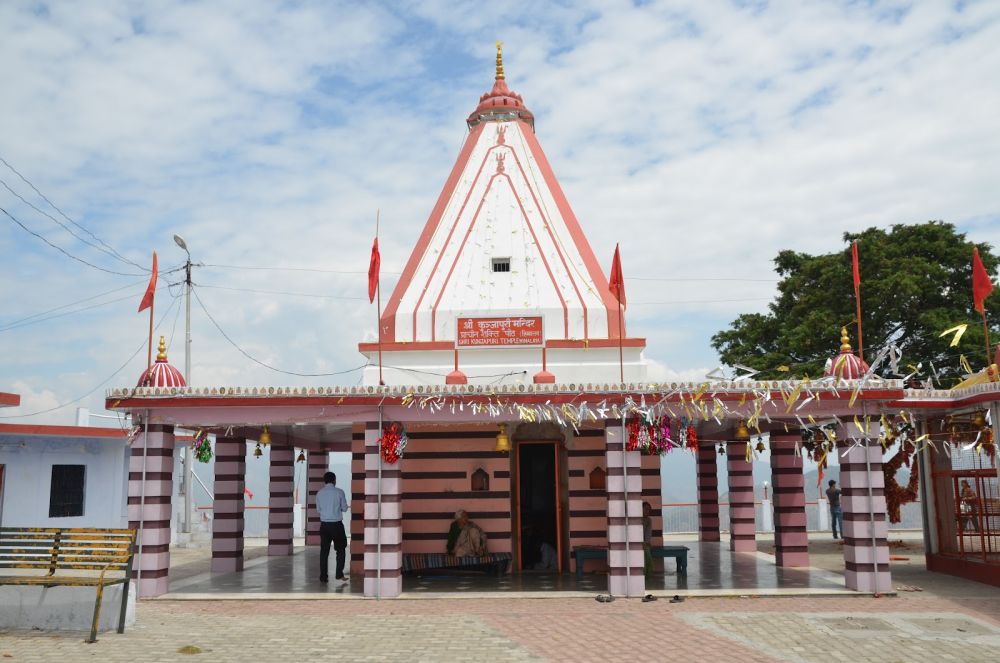

The Kunjapuri Devi Temple is perched at an altitude of approximately 1,676 meters on the Shivalik range of the Himalayas, offering a panoramic view of the Garhwal region. It is one of the revered Shakti Peeths in Uttarakhand and holds immense spiritual significance. As per Hindu mythology, the temple is believed to be the place where the chest of Goddess Sati fell when Lord Shiva was carrying her charred body, thus imbuing the site with a potent spiritual aura.
Over the years, the Kunjapuri Devi Temple has become an important pilgrimage and tourist destination. The history of tourism in this sacred spot can be traced back to when the wanderlust in humanity led people on religious pilgrimages. In more recent times, particularly post-Independence, the development of roads and easier access to Rishikesh brought this temple into greater prominence.
Since Rishikesh is known as the ‘Yoga Capital of the World’, a wave of spiritual tourism began to rise from the late 20th century onwards. This fueled further interest in the surrounding areas, including the Kunjapuri Devi Temple. The temple started to witness an increase in visitors, both for its religious importance and its scenic beauty.
In recent times, a combination of spiritual wellness tourism and adventure tourism has become increasingly popular in the area. Visitors to Kunjapuri Devi Temple tend to couple their temple visit with treks to nearby spots such as Neelkanth Mahadev Temple, Surkanda Devi, and Rajaji National Park.
Sunrise and sunset treks to Kunjapuri Devi Temple have grown in popularity. Many tourists aim to reach the temple early in the morning or late in the afternoon to catch the breathtaking views of the rising or setting sun against the backdrop of the snow-capped Himalayas.
Yoga and meditation retreats conducted in the serene environment around Kunjapuri have also become a significant draw for both domestic and international tourists. The temple's vicinity provides an ideal setting for such spiritual activities, offering peace and tranquility.
The importance of the Kunjapuri Devi Temple surges during the two significant Hindu festivals of Navratri and Dussehra. During these festivals, thousands of devotees make the pilgrimage to the temple to partake in the grand celebrations and seek blessings from the goddess. This period marks one of the busiest tourism phases for the temple.
The temple is accessible by road from Rishikesh, and the journey is approximately one hour long. For those interested in a challenging trek, a path from the town of Narendra Nagar leads to the temple and offers a more adventurous route. The best time to visit is between October and March, when the weather is pleasant and conducive to temple visits and trekking.
With the growth of tourism, the area has seen an increase in efforts to preserve the natural and spiritual heritage of the temple surroundings. Local authorities, in collaboration with environmental and cultural preservation groups, work towards maintaining the sanctity and cleanliness of this holy site, ensuring a sustainable tourism model.